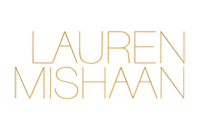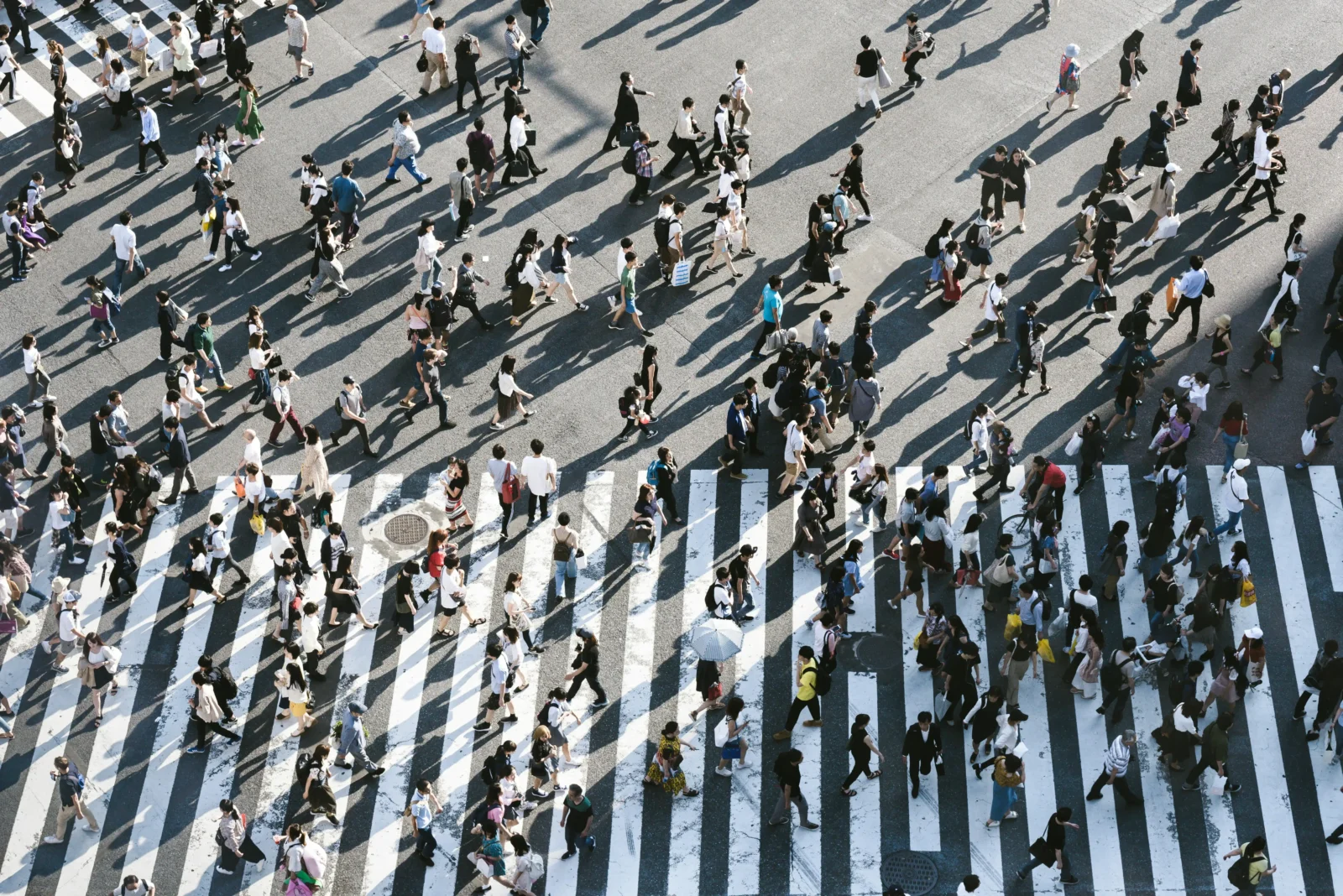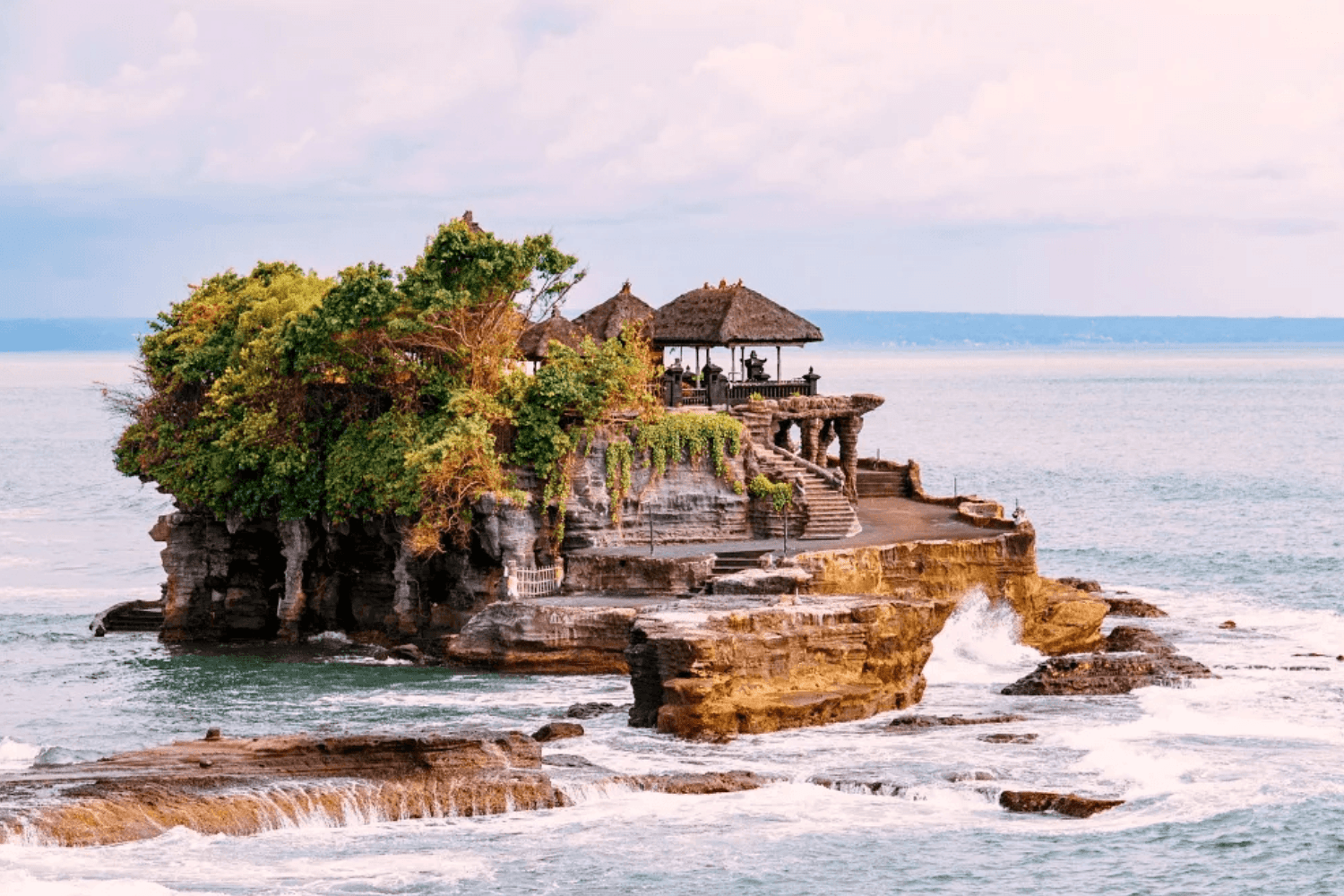- Home
- Articles
- Architectural Portfolio
- Architectral Presentation
- Inspirational Stories
- Architecture News
- Visualization
- BIM Industry
- Facade Design
- Parametric Design
- Career
- Landscape Architecture
- Construction
- Artificial Intelligence
- Sketching
- Design Softwares
- Diagrams
- Writing
- Architectural Tips
- Sustainability
- Courses
- Concept
- Technology
- History & Heritage
- Future of Architecture
- Guides & How-To
- Art & Culture
- Projects
- Interior Design
- Competitions
- Jobs
- Store
- Tools
- More
- Home
- Articles
- Architectural Portfolio
- Architectral Presentation
- Inspirational Stories
- Architecture News
- Visualization
- BIM Industry
- Facade Design
- Parametric Design
- Career
- Landscape Architecture
- Construction
- Artificial Intelligence
- Sketching
- Design Softwares
- Diagrams
- Writing
- Architectural Tips
- Sustainability
- Courses
- Concept
- Technology
- History & Heritage
- Future of Architecture
- Guides & How-To
- Art & Culture
- Projects
- Interior Design
- Competitions
- Jobs
- Store
- Tools
- More
Modular Architecture in Small-Town America: A Survival Guide for the Future

Big cities usually hog the spotlight when we talk about architecture. Skyscrapers in New York, high-tech hubs in Silicon Valley, sleek waterfront condos in Miami. You know the drill. Some of the most interesting changes in American architecture are not happening in those metropolises. They are happening in the quieter corners of the map — in small towns.
The secret weapon driving this change is modular architecture. Let’s break it down and see why prefabricated design is becoming the go-to move for America’s smaller communities and why students, designers, and anyone keeping an eye on architecture should care.
Table of Contents
ToggleWhy Modular is Winning Small Towns
Building a school or clinic the old-fashioned way can take over a year and eat up budgets. Enter modular systems — houses and buildings crafted in advanced factories with BIM, CNC precision, and sustainable materials like cross-laminated timber.

These units appear on site with HVAC duct, wiring, or even photovoltaic-ready roofs. The people do not need to pound and dust like mad in the city center, where the locals can only watch the massive parts of the buildings being hauled in trucks, lifted with the help of cranes, and snapped together like enormous LEGO blocks. This leads to a project that would have taken 12 months to complete in 6. Quality control is tighter. And small towns get the infrastructure they actually need, without waiting forever.
Logistics: The Real MVP
Here is the part most people forget: design is one thing, but logistics make or break modular housing. These modules are shipped several hundred miles over interstates and small roads on huge flatbeds. It is an architectural balletic movement — the trucks, cranes, escorts, and local crew are all in motion.
In Newark, Delaware, e.g., homes built in larger centers are transported to town. Thus, local companies such as movers Newark DE make the last part of the journey. They ensure a smooth landing of modules on ready bases without scratching. It is that combination of large-scale production and local management that makes modular work at scale.
Keeping the Local Look Alive
A common fear is that modular buildings all look the same, like cookie-cutter boxes. However, architects are getting smarter. They are integrating the local vernacular building techniques with prefabrication. Imagine clapboard siding in New England towns, brick, or pitched roofs with deep overhangs in snowy areas. Prefab does not murder local identity. On the contrary, it can enrich it. With adjustments in facades, rooftops, and finishes, modular construction now finds its way into the Urban structure of the smaller communities easily. So no, Main Street is not doomed to look like an IKEA warehouse.
Tech That Is Pushing Modular Forward
It is not just boxes on wheels anymore. Tech has completely reshaped modular construction:

- BIM & digital twins — Every module is virtually tested before a single nail is driven. Clash detection saves money and mistakes.
- Cross-laminated timber (CLT) — Future wood – light, green, and tough enough to shake off earthquakes.
- Solar integration — Panels pre-mounted before delivery.
- IoT monitoring — Sensors embedded in walls track structural performance after installation.
- Closed-loop water systems — Built for small towns with fragile utilities.
These features do not just make modular cool. They make it future-proof. Students learning today will see this as baseline tech tomorrow.
Final Word
Modular is not some side-note in architecture anymore. It is flipping the whole script. For small towns that cannot afford to wait on endless traditional builds, it is the ultimate power-up. You get the mix that matters: smart logistics, flexible design, hometown character preserved, and speed that actually delivers. Modular is not just about building houses. It is rebuilding how America grows. And small towns are already showing the world how it’s done.
A licensed architect with hands-on studio experience, I translate complex design ideas into clear, engaging stories for a global audience. As a seasoned content writer and editor, I craft articles, project features, and thought-leadership pieces that illuminate emerging technologies, sustainable practices, and cutting-edge design trends—always with an architect’s eye for detail, accuracy, and narrative flow. My goal is to bridge practice and publication, giving fellow professionals and curious readers alike the insight and inspiration they need to push architectural boundaries.
Submit your architectural projects
Follow these steps for submission your project. Submission FormLatest Posts
Using Textured Concrete to Achieve Wood Aesthetics in Architectural Hardscaping
In contemporary landscape and architectural design, material expression plays a crucial role...
Pedestrian Accidents Without a Crosswalk: Can You Still Recover Compensation?
Getting hit while crossing outside a crosswalk can feel like an instant...
8 Examples of Successful Disaster Resilient Architecture
As climate risks increase, architects around the world are creating innovative structures...
Preventing Cyber Threats in Smart Buildings by Design
The trend of integrating IoT technologies into buildings isn’t going away. More...












Leave a comment